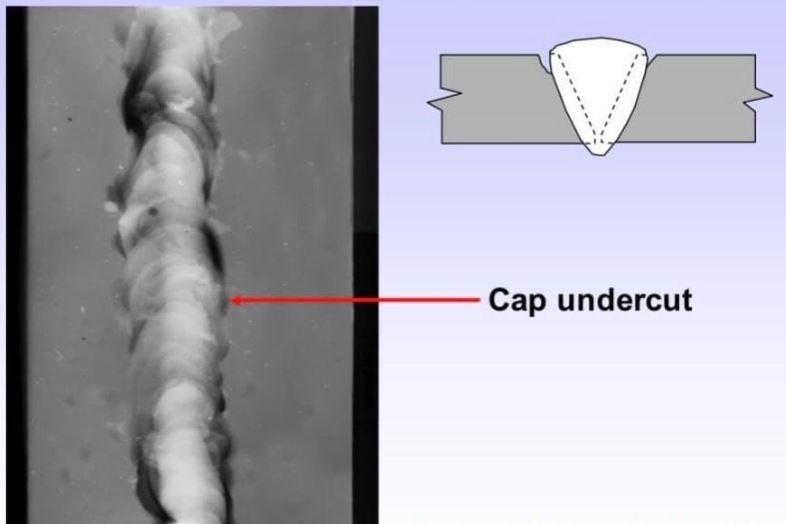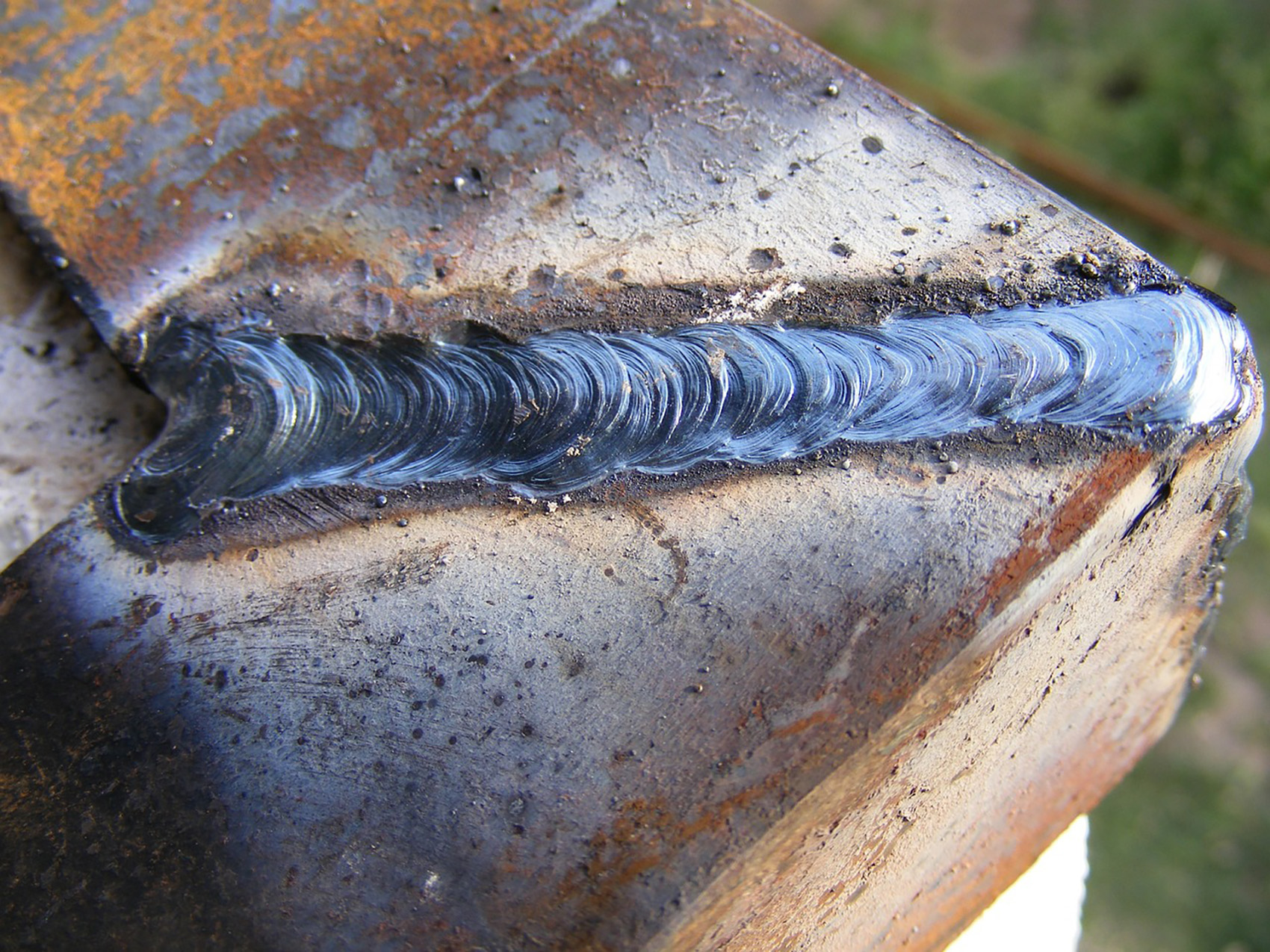Specialist Strategies for Preventing Weld Undercut Efficiently
Specialist Strategies for Preventing Weld Undercut Efficiently
Blog Article
Necessary Tips for Welders: Stopping Undercut Welding and Ensuring Stronger Weld Joints
In the realm of welding, attaining durable and solid weld joints is the cornerstone of producing top notch job. Nonetheless, one typical obstacle that welders often encounter is undercut welding, which can jeopardize the integrity of the weld joint. By understanding the aspects that contribute to undercutting and carrying out the right techniques and preventative measures, welders can efficiently avoid this problem and ensure the durability and stamina of their welds. Let's discover some essential pointers that can assist welders browse this challenge and boost the high quality of their welding projects.
Understanding Undercut Welding
Undercut welding is an usual welding flaw that takes place when the weld steel stops working to appropriately fill up the groove and causes a groove-like clinical depression along the weld grain. This problem weakens the weld joint, making it susceptible to cracking and failure under stress. Damaging can be brought on by different factors, including extreme welding current, high welding speed, inappropriate electrode angle, inaccurate electrode dimension, and inadequate welding strategy.
One of the primary reasons for undercut welding is an inequality between the welding present and the welding speed. If the welding current is expensive or the welding rate is as well quick, the weld metal may not adequately fill the groove, bring about undercutting. Additionally, making use of an electrode that is also huge can result in a similar result, as the excess steel can not appropriately stream right into the groove.
To stop undercut welding, welders need to guarantee they are utilizing the appropriate welding specifications, maintain a suitable electrode angle, select the suitable electrode size, and technique correct welding strategies. By resolving these aspects, welders can reduce the danger of undercutting and create more powerful, more reputable weld joints.
Proper Welding Method
Efficient welding strategy plays a vital duty in making sure the high quality and honesty of weld joints. Correct welding technique includes a mix of skill, adherence, and precision to finest practices. One basic element of correct welding technique is preserving the appropriate angle and distance between the welding weapon and the workpiece. Welders should additionally pay close interest to the travel rate and warmth input to stop problems like undercutting, porosity, or insufficient fusion.
In addition, a constant and constant hand movement is crucial for producing strong and long lasting weld joints. Welders must go for smooth, consistent motions to make sure even circulation of the weld material. Proper control of the welding weapon and filler material is also key to accomplishing optimal infiltration and blend.
Moreover, managing the warm input and choosing the suitable welding parameters based on the product being bonded are essential elements in attaining high-grade welds - Preventing weld undercut. Welders ought to comply with the advised setups provided by welding procedure specs and readjust them as needed based upon the certain needs of the task. By mastering proper welding strategies, welders can considerably boost the toughness and dependability of their weld joints
Picking the Right Electrode
When taking into consideration the relevance of picking the appropriate electrode in welding applications,Keeping the appropriate angle and distance in between the welding weapon and the workpiece is essential. The choice of electrode plays an essential duty in determining the top quality and stamina of the weld joint. Electrodes come in different types, each made for specific purposes and materials.
Firstly, selecting the suitable other electrode diameter is important. Thinner electrodes are suitable for welding slim materials, while thicker electrodes are much better for thicker products and greater heat applications. Matching the electrode size to the density of the work surface assists achieve a balanced weld.
Secondly, comprehending the material make-up of the electrode is important. Different electrodes are created for welding certain products like steel, stainless steel, aluminum, or cast iron. Using the appropriate electrode material guarantees great combination and reduces the danger of problems in the weld.
Lastly, considering the welding position and method is vital when choosing the electrode kind. For circumstances, specific electrodes are much better suited for overhead or vertical welding settings, while others function well for flat or horizontal settings. Picking the appropriate electrode based upon the welding method improves the total weld quality and honesty.
Preparing the Base Metal
To make sure a successful welding process, what initial steps should Source be taken when preparing the base steel for welding? Furthermore, any existing weld product or residue from previous welding ought to be removed to guarantee a tidy surface for the new weld.

Performing Post-Weld Evaluations

After performing these analyses, welders must contrast the outcomes versus market standards and project requirements to make sure that the weld joint fulfills all needed criteria. Any kind of insufficiencies or variances uncovered throughout the post-weld assessment needs to be immediately dealt with imp source via appropriate corrective procedures to ensure the weld's integrity. By diligently executing post-weld assessments and quickly addressing any kind of problems, welders can support the high quality and reliability of their job, eventually contributing to the safety and security and durability of the welded frameworks.
Conclusion

To conclude, protecting against undercut welding and making sure stronger weld joints call for a combination of correct welding technique, picking the best electrode, preparing the base steel properly, and performing post-weld inspections. By recognizing the root causes of undercut welding and carrying out the required preventative measures, welders can produce high-grade weld joints that satisfy sector standards and make certain the architectural honesty of the welded elements.
Undercut welding is an usual welding problem that takes place when the weld metal stops working to effectively fill the groove and results in a groove-like clinical depression along the weld bead (Preventing weld undercut). Damaging can be created by various aspects, consisting of excessive welding present, high welding rate, inappropriate electrode angle, incorrect electrode size, and inadequate welding technique
One of the primary factors for undercut welding is an imbalance between the welding present and the welding rate. If the welding current is also high or the welding rate is also quick, the weld steel might not properly fill up the groove, leading to damaging.Keeping the proper angle and distance between the welding gun and the work surface is basic when considering the significance of selecting the ideal electrode in welding applications.
Report this page